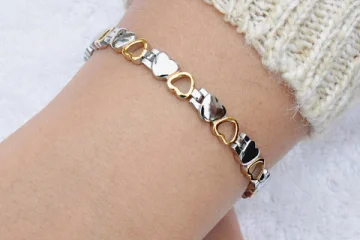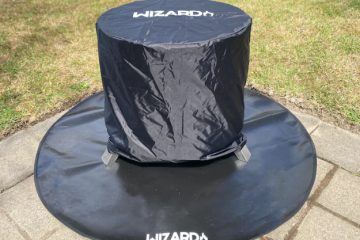Metal fabrication is a cornerstone of modern manufacturing, encompassing processes such as cutting, welding, and shaping metal components to create a wide range of products. In recent years, fiber laser cutting machines have emerged as game-changers in the industry, offering unparalleled levels of efficiency and accuracy.
In this article, we explore the myriad advantages of fiber laser cutting machines in metal fabrication and how they have revolutionized the way metal components are produced.
Understanding Fiber Laser Cutting Technology
1. How Fiber Laser Cutting Machines Work
Fiber laser cutting machine utilize a high-powered laser beam generated by a series of diodes within a fiber optic cable. This laser beam is directed onto the surface of the metal workpiece, where it rapidly heats and vaporizes the material, creating a precise and clean-cut edge. The focused nature of the laser beam allows for intricate designs and tight tolerances, making fiber laser cutting ideal for intricate metal components.
2. The Role of Fiber Optics
Fiber optics play a crucial role in the efficiency and accuracy of fiber laser cutting machines. Unlike traditional CO2 lasers, which rely on mirrors and gas mixtures to generate the laser beam, fiber lasers use a solid-state laser source coupled with a flexible fiber optic cable. This design minimizes energy loss and ensures consistent laser power delivery, resulting in superior cutting performance and reliability.
Advantages of Fiber Laser Cutting Machines
1. High Precision Cutting
One of the primary advantages of fiber laser cutting machines is their ability to achieve exceptionally high levels of precision. The focused laser beam can cut through metal with micron-level accuracy, allowing for intricate designs and complex geometries. This precision is particularly valuable in industries such as aerospace, automotive, and electronics, where tight tolerances are critical.
2. Fast Cutting Speeds
Fiber laser cutting machines are renowned for their rapid cutting speeds, thanks to the high energy density of the laser beam. Compared to traditional cutting methods, such as plasma or waterjet cutting, fiber lasers can cut through metal at significantly faster rates, reducing production time and increasing throughput. This speed advantage allows manufacturers to meet tight deadlines and improve overall efficiency.
3. Minimal Material Waste
The precise nature of fiber laser cutting results in minimal material waste, as the laser beam can be tightly focused on the desired cutting path. Unlike traditional cutting methods that require large kerf widths and may produce burrs or dross, fiber lasers produce clean, smooth edges with minimal heat-affected zones. This reduces the need for secondary finishing operations and optimizes material utilization, leading to cost savings for manufacturers.
4. Versatility in Material Compatibility
Fiber laser cutting machines are highly versatile and can cut through a wide range of metal materials with ease. From stainless steel and aluminum to brass and copper, fiber lasers can handle various metal alloys and thicknesses without compromising cutting quality. This versatility makes fiber laser cutting ideal for diverse applications across multiple industries, from automotive and aerospace to architecture and electronics.
5. Reduced Maintenance Requirements
Compared to traditional cutting methods, fiber laser cutting machines have lower maintenance requirements and longer service lives. The solid-state laser source and fiber optic delivery system are inherently more robust and reliable, requiring minimal maintenance and downtime. Additionally, fiber lasers have fewer consumable parts, such as nozzles or electrodes, further reducing operating costs and increasing machine uptime.
6. Enhanced Energy Efficiency
Fiber laser cutting machines are inherently more energy-efficient than their CO2 counterparts, thanks to the solid-state laser source and fiber optic delivery system. The efficiency of fiber lasers translates to lower operating costs and reduced environmental impact, making them a sustainable choice for metal fabrication. Additionally, the precise cutting capabilities of fiber lasers minimize material waste, further contributing to energy savings and environmental sustainability.
Applications of Fiber Laser Cutting Machines
Fiber laser cutting machines find applications across a wide range of industries and manufacturing processes. Some common applications include:
- Precision cutting of automotive components, such as chassis, body panels, and exhaust systems.
- Fabrication of aerospace parts, including engine components, fuselage panels, and structural elements.
- Production of electronic enclosures, circuit boards, and semiconductor components.
- Manufacturing of architectural features, signage, and decorative elements.
- Cutting of medical devices, surgical instruments, and implantable components.
Conclusion
Fiber laser cutting machines have transformed the landscape of metal fabrication, offering unparalleled levels of efficiency, accuracy, and versatility. From high-precision cutting to fast production speeds, fiber lasers enable manufacturers to meet the demands of today’s competitive market while reducing costs and environmental impact. As technology continues to evolve, fiber laser cutting machines will undoubtedly play a pivotal role in shaping the future of metal fabrication, driving innovation and driving industries forward.




